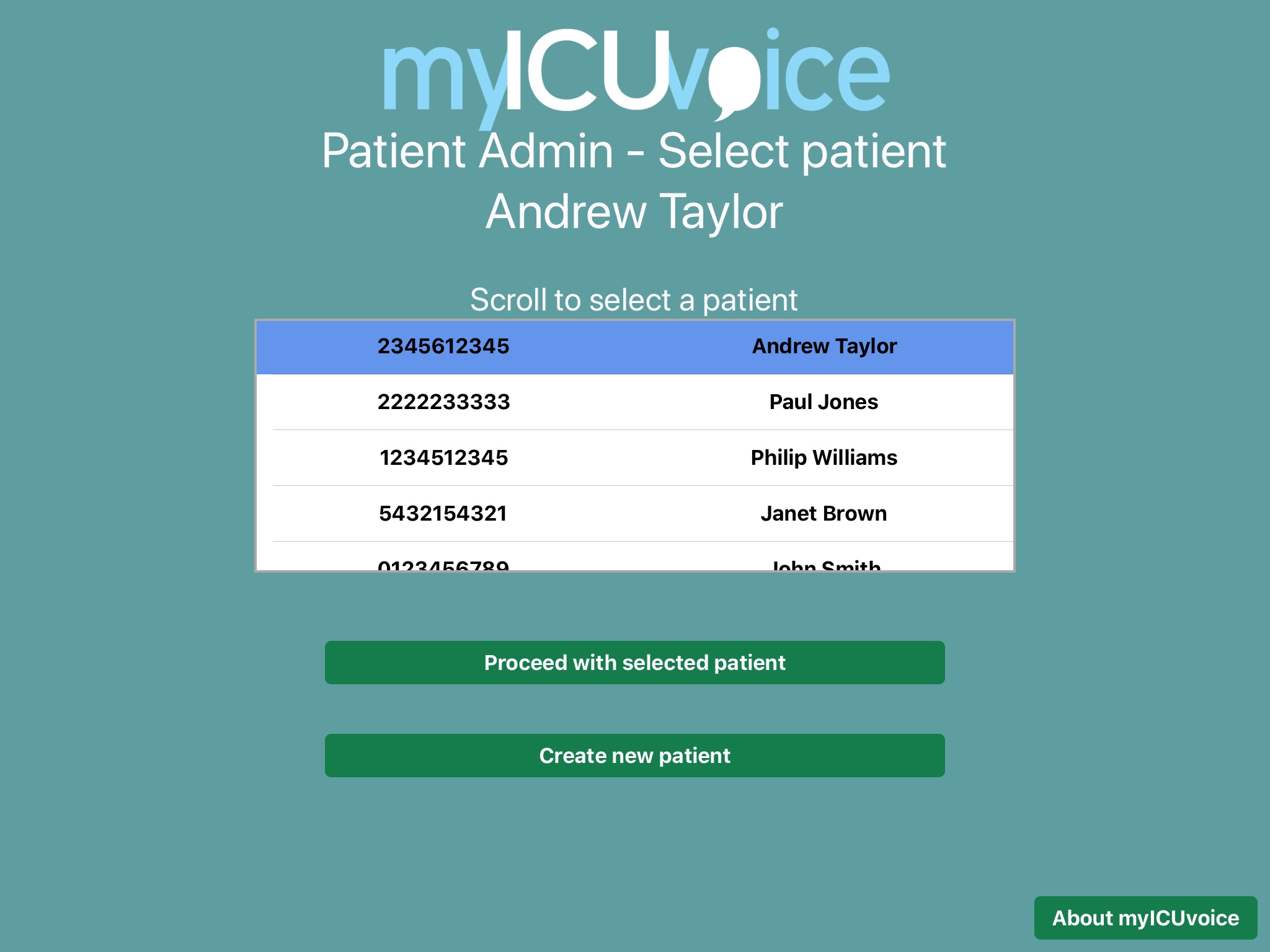
myICUvoice app for iPhone and iPad
Developer: SympTech Ltd
First release : 24 Apr 2020
App size: 0 Bytes
Designed by specialist doctors, nurses, allied health professionals and former patients. The technology was enhanced by detailed qualitative research that has led to a product designed for intuitive user experience as well as uplifting clinical standards.
At its most basic, myICUvoice provides critically ill patients with the ability to communicate their physical and emotional states. Lack of thorough communication is a main contributor to the relatively high levels of Post Traumatic Stress Disorder among ICU patients, and restoring communication has shown to reduce PTSD. Either independently or with help from nurses and relatives, patients can complete the in-app ‘Symptom Survey’ which prompts them to answer a range of questions about their emotional and physical states. We designed our UI (large-tiles with simple graphics combined with type-to-speak function) specifically for ICU patients, who are often physically weak and easily-confused. A working model of myICUvoice has been used at Cambridge University Hospital (UK) since 2018 and is now considered part of standard care. The communication function of myICUvoice improves in-hospital experiences for patients as well as for healthcare professionals.
Simply providing basic communication tools to voiceless ventilated patients is not sufficient to reduce the distress associated with ICU, evidenced by the ongoing distress despite some communication tools already existing. Any attempt to address communication needs to be designed with the entire hospital system in mind. In other words, our end-user is not only patients but also the patients’ clinicians. Unique to myICUvoice is an inbuilt database designed specifically for the nurses of ICU patients, thus ensuring that all communications are thoroughly understood and acted upon. This data is presented in a clinical relevant manner in the Nurse Zone.
The Nurse Zone has clear visual markers to distinguish it from the Patient Zone. When looking after a patient the nurse will be presented with the following information:
i. The Symptoms-to-address Checklist:
Generates a concise check list of symptoms needing treatment based on what the patients have communicated--which symptoms require treating or which emotional states are expressed. The nurses responsiveness to the symptomatic needs of the patients is monitored with the inbuilt monitoring tool.
ii. Historical Overview of Patient Communication
myICUvoice stores historical information about each patients symptoms and generates visual data using our inbuilt graph-building software. These can be accessed by entering the “Survey Response or the “Communication Response” pages. These symptom-trends can be viewed, by individual nurses, to allow them to proactively address symptoms or issues particularly pertinent to the patient they are caring for.
iii. Providing Unique Messages to Patients
Patients in ICU need constant reorientation of time and place, as well as an explanation for why they are there. Nurses can select ‘Modify Patient Message’ to provide patients with a personalised message that they will see when in Patient Zone. (i.e. “You are in Intensive Care to help you with your breathing, and you are getting better.”) These personalised messages can help reduce distress that ICU patients often experience. Nurses can also choose to update it with specific messages received from Relatives.
In addition to having a feature designed specifically for nurses, myICUvoice’s ability to record symptoms reported across time generates data that has clinical relevance for medical researchers. myICUvoice’s patient ‘log in’ feature allows historical data of the symptoms that each patient reports, making it uniquely placed to provide clinical data for healthcare professionals and researchers. Historical symptom data about each patient can be viewed in light of other patients’ symptoms in that same hospital, thus allowing medical staff to note ward-wide trends across ICU patients.



